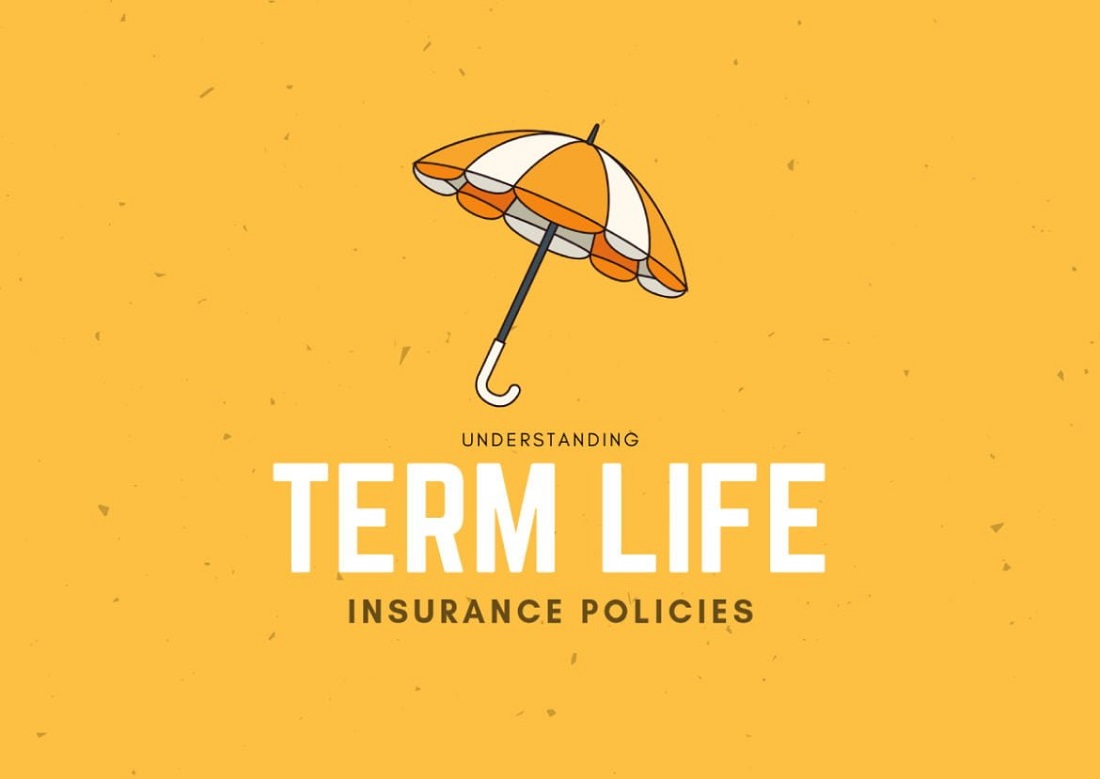During your search for the perfect life insurance, you may have come across whole life insurance. But have you ever wondered what full life insurance is and how it works, and how it differs from other life insurance on the market?
First, it is essential to note that whole life insurance provides monetary coverage for the insured’s life. Unlike term life insurance, the insurer will not only pay the beneficiary if the insured is declared dead during the term of the contract but will also allow interest to accrue on the value of the policy, just as it would—a savings account.
These policies are also known as permanent or traditional life insurance. Whole life insurance policies are one of many permanent life insurance policies. Some life insurance similar to it would be universal, index universal, and variable universal life insurance. But let’s not get confused! In a little while, we will analyze the differences.
How does whole life insurance work?
Whole life insurance guarantees the payment of an economic benefit upon the insured’s death. Here you have to take a short break to understand how life insurance works. And it is that, in terms of insurance, there are three participants in the equation:
Headlines
An insurance policy owner is responsible for paying the premiums but is not necessarily the insured person. A husband can buy life insurance for his wife from him. In this case, his wife’s life is guaranteed, but he would be responsible for paying the premiums. The car insurance holder would be the owner of the vehicle.
Insured
The insured is the asset to be preserved, that is, the one to which a monetary value is given. In the case of health insurance, the insured value is the health of that person who can access hospitals and clinics; If we talk about car insurance, the insured would be the asset, that is, the car. In the case of life insurance, it is the person’s life. As the person’s life is linked to her condition as a human being, he will become the insured. The insured may or may not be the policyholder but never the beneficiary.
beneficiary
The beneficiary is the one who receives the economic benefit from the insurance company. It can be one person or several. The policyholder can determine specific beneficiaries or leave the monetary benefits to his universal heirs. In the case of a car policy, the beneficiary is the same holder, the vehicle owner. In the case of life insurance, the beneficiary will always be someone different unless we are talking about insurance with a savings and loan component. In this scenario, the insured – still alive – could make withdrawals or request loans against the policy’s value.
What is whole life insurance?
As long as the policyholder religiously pays the insurance premiums, the beneficiaries will receive a specified amount of money in the event of the insured’s death. Unlike other life insurance, whole life insurance works with a savings policy called “cash value.”
But what is the savings component? The application of interest can increase the money invested in the policy. This growing value of money is one of the essential components of whole life insurance.
For this cash value to be generated, the owner must remit payments in addition to the scheduled premiums. Dividends can be reinvested in the cash value to continue earning interest. This cash value provides a vital benefit to the policyholder by serving as a source of equity.
To access cash reserves, the insured has two options. The first is to request a withdrawal of funds. And the second is to request a loan against that insured value. Of course, the loans will be subject to a specific rate depending on the insurer.
What is the benefit of a whole life insurance policy?
The benefit for the insured’s death is usually a fixed amount of money established in the policy contract. Some policies are also eligible for dividend payments. In this case, the policyholder can choose to have the dividends added to the policy benefit (which will increase the amount payable in the event of the insured’s death) or take out loans. He will also be able to make withdrawals. Withdrawals generally only affect the accumulated dividend, while unpaid loans would reduce the policy benefit amount.
Many insurers also offer policies with a particular procedure, which is that if the insured becomes disabled or diagnosed with a severe illness, a benefit will be paid.
Whole life insurance example
Suppose ABC Insurance issues a $25,000 life insurance policy to Mr. Smith, the owner and the insured. Over time, the value of that money accumulates $10,000. Upon Mr. Smith’s death, ABC Insurance will pay the insured’s total death benefit, $25,000. However, the company would only lose $15,000 due to the accumulated cash value of $10,000. In this case, the net amount of the risk in question was $25,000, but at the time of the insured’s death, this amount changed to $15,000.
Important: As we said before, most life insurance policies have a clause that allows the insured to withdraw that amount of money or cancel the coverage and receive a cash surrender value.
History of whole life insurance
From 1946 through the late 1960s, whole life insurance was the most popular policy in the country. Insurance companies offered families the opportunity to ensure the life of the head of the household so that their spouse and children would not be left unprotected in their premature death. In addition, they also had an important role in retirement planning.
After the passage of the Tax Equity and Fiscal Responsibility Act (TEFRA) in 1982, many banks and insurance companies began to look up to the interest accrual policy. People then preferred to invest in purchasing an insurance policy instead of opting for stock market investments.
But after the annualized rates of return for the S&P 500 Index were adjusted for inflation to 16.75% in 1982 and 18.63% in 1983, consumers began to invest more in the stock market and term life insurance. They stopped preferring whole life insurance policies.
In short, what is whole life insurance, and how does it work?
Whole life insurance has a permanent validity or, instead, is tied to the insured’s life. This differentiates it very well from term life insurance, which has a specific term, usually 5 or 10 years.
- The insurance company that offers whole life insurance pays the beneficiary – or beneficiaries – if the insured’s death is declared, who may or may not be the policyholder himself. This transfer will be made as long as the policyholder continues to comply with the premium payments.
- Although whole life insurance transfers an economic benefit upon the insured’s death, it also has a savings component that allows for cash growth.
- This savings component can be invested. For example, the beneficiary or the owner himself -in case of being the insured- could access the cash. At the same time, he is alive, either by withdrawing it or borrowing it whenever necessary.






